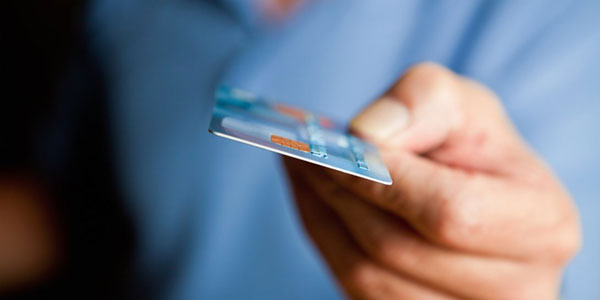The usage of debit cards has increased a lot in the past 10 years globally because of convenience and easy money management. 77% of consumers possess a debit card and 67% use it as a mode of payment in a month. Obviously, the popularity of credit cards is more since 82% consumers have a credit card and 81% use them in a month.
What does the statistics reveal?
Younger generation uses debit cards more than the other respondents. 55% of debit card users are below 45 years whereas 12% are above 65 years. Heavy debit card users belong to the low-income group. 53% of debit card users earn below $50,000. Around 16% of heavy debit card users earn more than $100,000.
The study shows that 60% of frequent debit card users have less than $10,000 in investable assets in comparison to 20% heavy credit users. If we talk about credit score, then also debit card users are less creditworthy than credit card users. 21% of debit card users possess a credit score of above 750 credit score in comparison to 58% of regular credit card users.
How have consumer habits changed?
1. Consumers use debit cards for regular transactions:
Ever since the inception of debit cards, consumers have started using them for everyday transactions like restaurants, gas stations, grocery stores, drug stores, clothes, pharmacy, etc. Most consumers choose to pay with PIN instead of signature at drugstores, grocery stores, and gas stations. Signatures are usually used at restaurants.
2. Consumers carry less cash in their wallets:
The Consumer Intentions & Actions (CIA) survey on payment methods reveal that people use debit cards for both regular and occasional purchases. Some people don’t carry more than $10 (in cash) for the last 5 years.
3. Consumers use debit cards to buy everything:
This includes clothes, accessories, gasoline, transport, batteries, furniture, home improvement item, groceries, beauty and care, medicines, electronics, jewelry, etc.
4. Consumers want to go for fast transactions:
One can use a debit card for purchasing any kind of service or product instantly. Just think. You can shop online by using debit cards within a few minutes. There is no waiting period. There is no need to write checks and wait for the checks to clear. Surely, there’s a debit fee but consumers are ready to pay it for fast, electronic transactions.
5. Consumers go to ATMs instead of banks:
The biggest change is undoubtedly the ATMs. Consumers go to ATMs to withdraw money instead of visiting banks. They withdraw or deposit money within a few clicks and check their previous transactions instantly.
6. Consumers call customer service representatives:
In the case of any card related problem, consumers call customer service representatives from any part of the country. There’s an instant solution for any kind of problem. In the event of theft or fraudulent activities, consumers report the matter to the customer service representatives by phone.
Has the preference changed over time?
Credit cards are still more popular than debit cards. Those who prefer debit cards over credit cards are the ones who:
- Want to be more financially responsible
- Have canceled their credit cards
- Have closed their credit card accounts
- Have maxed out their credit cards
- Are getting less credit limit on their cards
- Are in trouble since banks have hiked the interest rate/fees on credit cards
The bottom line
Consumers are gradually moving towards cashless transactions. Mobile payment methods are slowly gaining popularity. So, the consumer spending behavior is yet to change again. So, let’s see what lies in future.













